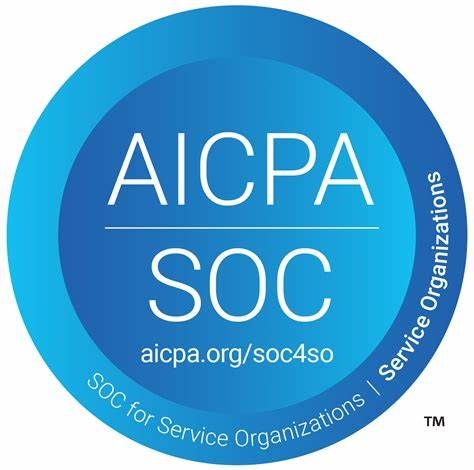DEBTOR
Receivables: Incoming payments
Target group:
- Especially companies with a large number of customers or with a high number of invoices and/or high outstanding accounts and long payment terms
- Companies with international business contacts
Brief description/basic statement:
- The longer a claim is outstanding, the higher the default risk
- The shorter the outstanding period, the lower the costs in the entire debtor process (e.g. dunning, financing costs)
- Accounts receivable management has received much more attention in the last 10 years due to the significantly higher interest rate level. Process improvements are currently being implemented only partially, if at all, and only very slowly.
Cash relevance:
- Central factor in cash flow management
- The aim is to liquidate outstanding debts as quickly as possible and to liquefy tied-up liquidity from the revenue process. This avoids financing and reduces the risk of non-payment.
- In principle, the following applies: The more automated the debtor process and the clearer the internal rules are, the faster the money is in the account

The main goal in the area of accounts receivable management is to find a mix of measures and instruments that, in addition to improving internal processes, shorten the cash flow on the income side. For this purpose, the area can be structured like a checklist in four main points:
- active accounts receivable management in the narrower sense
- Establishing/ communicating a credit policy
- Determination/ communication of credit lines and credit limits
- Secure loans & transfer risk
As an example, we only describe active accounts receivable management in the narrower sense. The aim is to receive the outstanding payments as quickly as possible. Suitable and necessary measures for this are:
- Efficient debtor processes - increase in dunning frequency (rapid and consistent dunning)
- reminders by telephone (in consultation with sales - topic: indirect liquidity management by sales staff)
- Collection of reminder fees and charging of interest on arrears
- Restrictive dunning (depending on market power and customer structure: forwarding to a debt collection agency)
- Release for delivery only after payment has been made
- Shortening of payment terms, increase in direct debits, conversion from check payers to bank transfers (depending on the industry)
- Granting of calculated cash discounts and rebates for quick payment
- bilateral and multilateral netting
- electronic billing and payment
Accounts receivable management includes not only the risk assessment for granting payment terms to customers and the basic coordination of payment term ranges with the sales and business policy of the company, but also crediting, forfaiting and collecting receivables including dunning.
It includes a wide range of optimization options, even if you are already at a high level, and thus makes an important contribution to risk hedging and positive cash flow, including liquidity protection.
CASHFiNDER analysis in the area of accounts receivable
- Cost transparency in the invoicing and dunning process
- Processing of the OP clearing (incl. degree of automation)
- Invoicing process and lead times
- Days Outstanding (DSO)
- Number and amount of bad debts
- Age structure of receivables
- structure of reminders
- Texting of invoices/reminders
- Payment conditions (review and reduction of the number of payment conditions, reduction of cash discount expenses)
- Checking and benchmarking of payment instruments for debtors (documentary transactions such as export letters of credit, but also card payments, direct debits, foreign payment transactions, foreign currency receipts, etc.)
- Costs of export transactions (export protection, credit insurance)
- Analysis FX trades
- Analysis cash logistics



